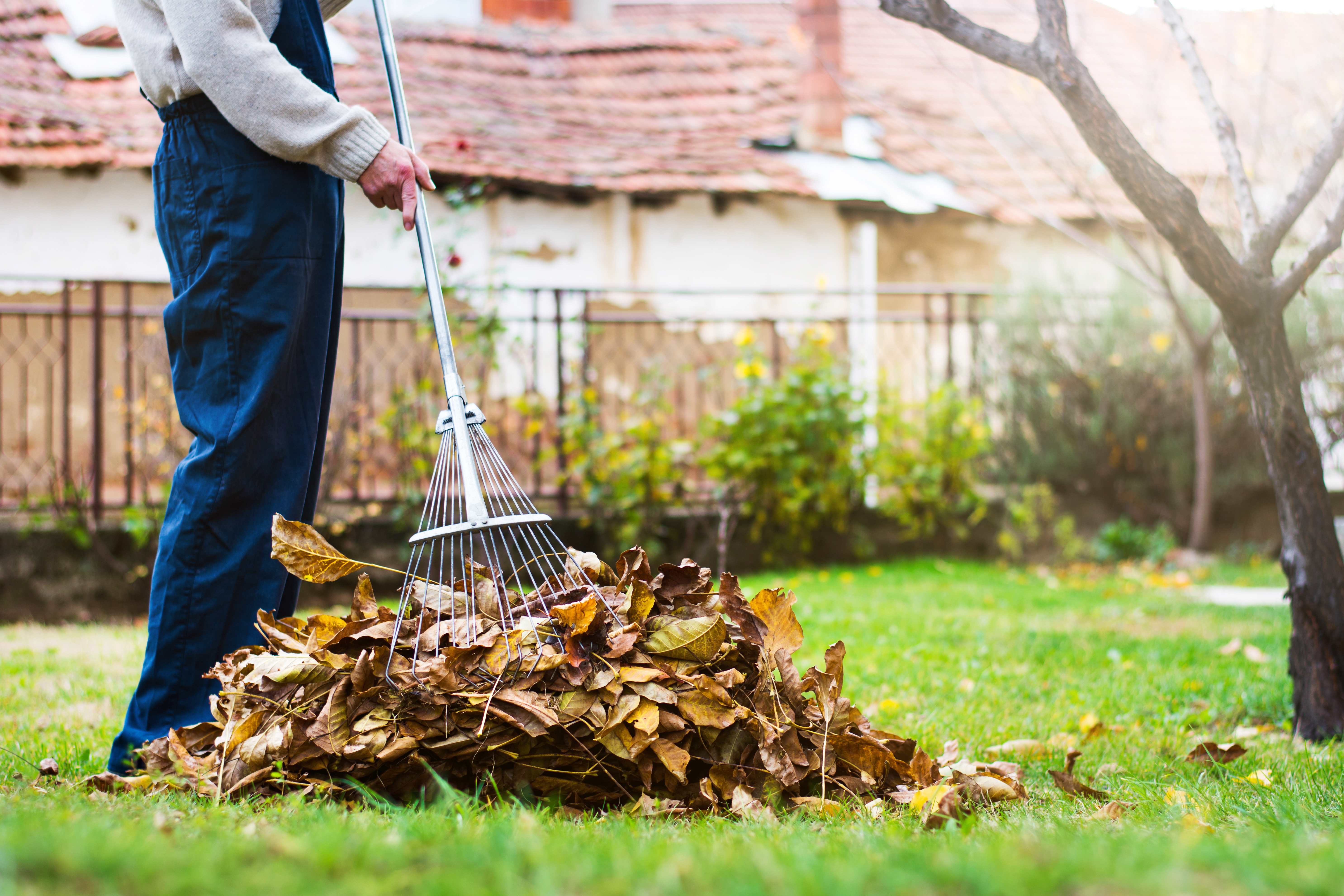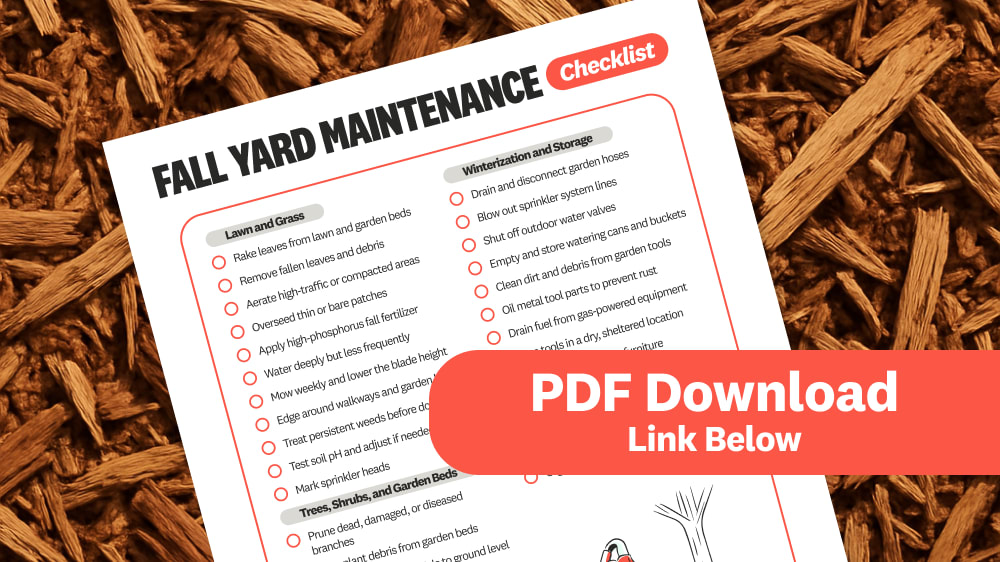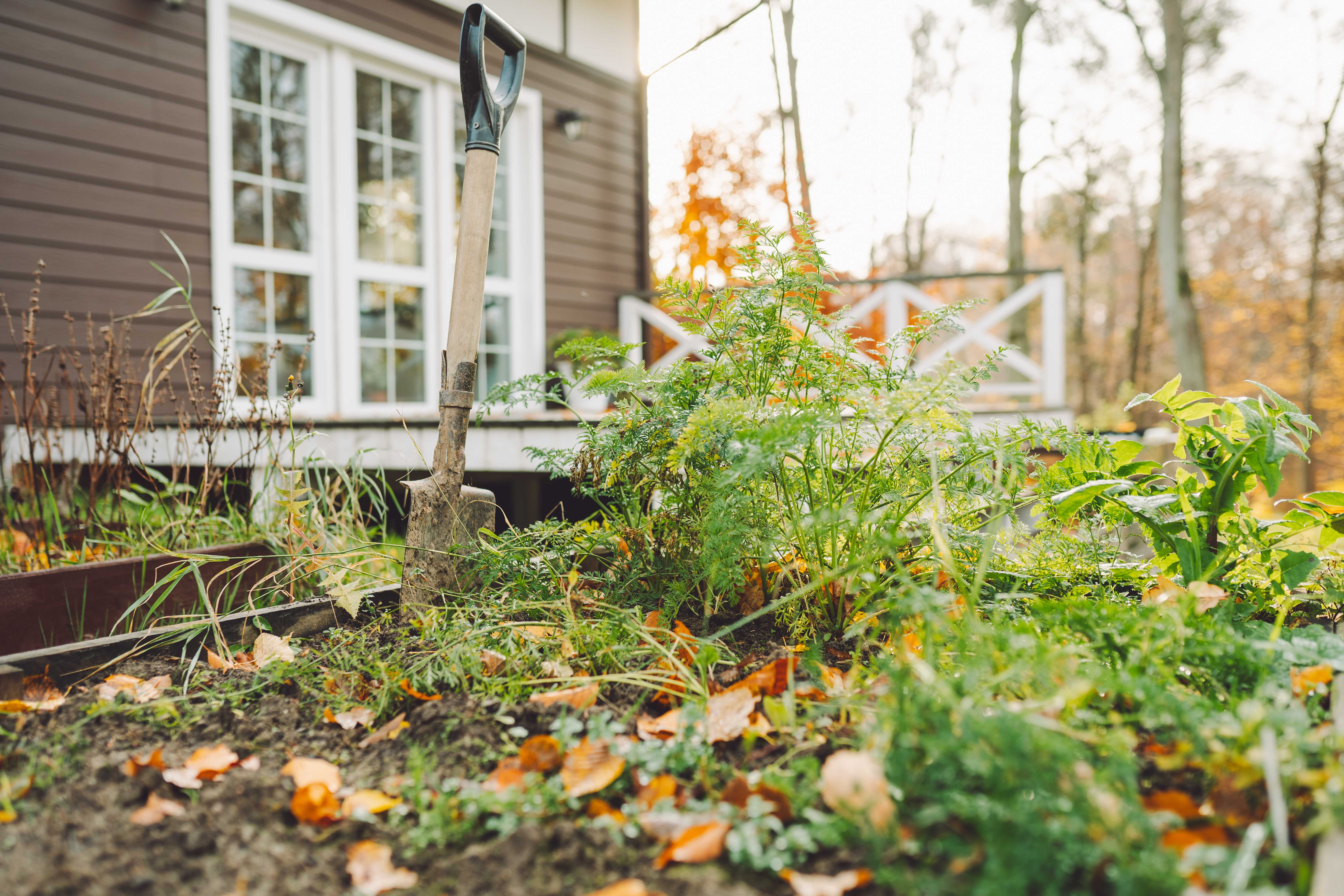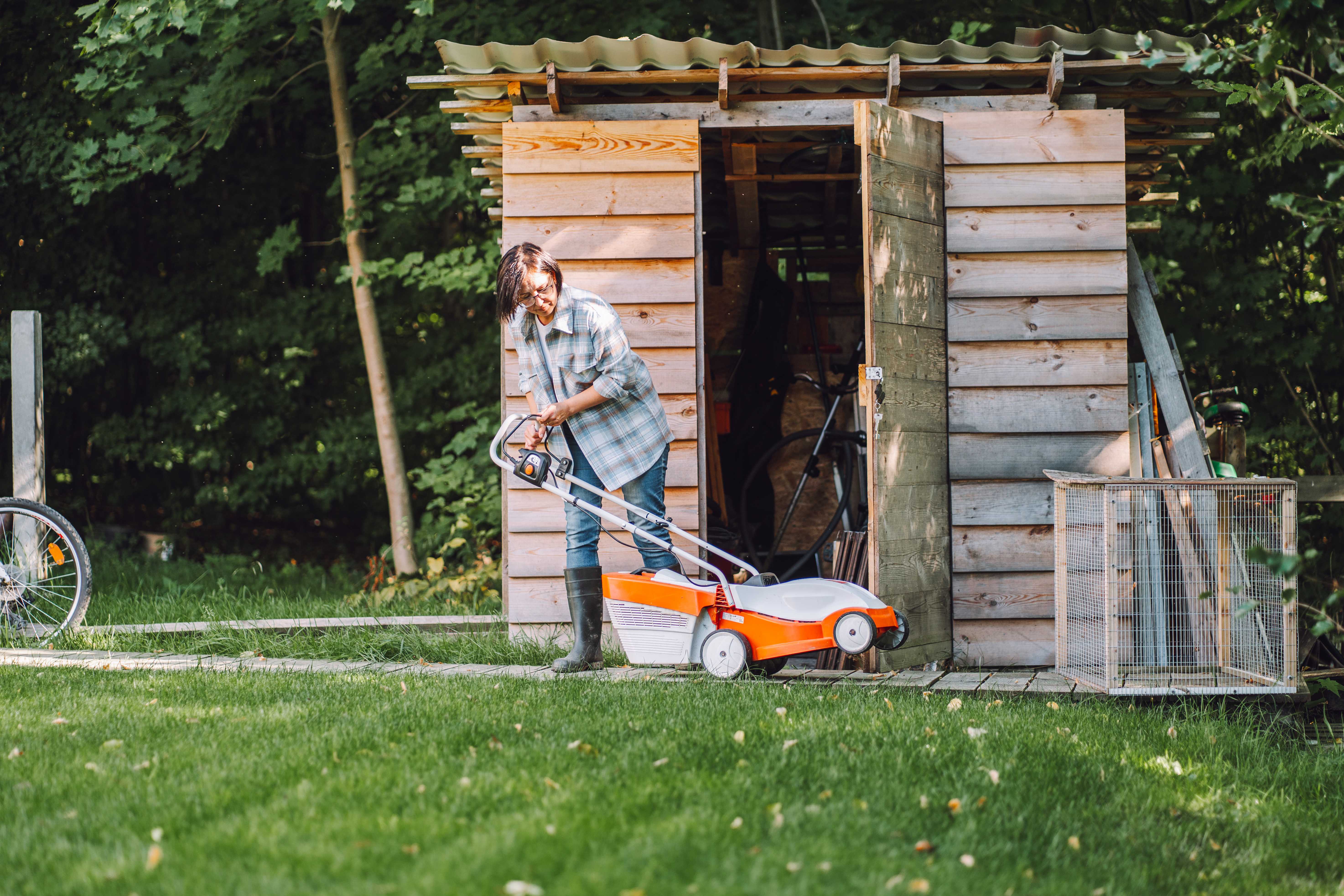
The average lawn mowing cost runs between $50 and $200 depending on factors like your lawn’s size and shape. Here’s what to expect.
Turn fall yard work from weekend dread into a simple seasonal routine


Fall arrives with more than just bags of leaves—it also comes with mixed emotions for homeowners. Your garden looks stunning, but lurking beneath those beautiful colors is a growing to-do list that can feel overwhelming. But with a systematic approach, yard work doesn’t have to consume your life. Use this ultimate fall yard maintenance checklist to break tasks down into manageable chunks, protect your landscaping, and set your yard up for spring success.

Complete these tasks before the first hard freeze to keep your outdoor space healthy and skip the spring scramble. If managing these tasks feels overwhelming, consider hiring a local lawn and yard pro for bigger jobs like tree pruning or lawn aeration. That said, many homeowners can handle smaller maintenance tasks like raking leaves.
Before you tackle your fall yard checklist, gather the right tools for the job. Having everything ready will save you trips to the shed and keep the momentum going.
Rake (or leaf blower for larger properties)
Garden pruners and loppers
Lawn mower
Garden fork or aerator
Fall fertilizer
Mulch or shredded leaves
Garden hose and sprinkler attachments
Wheelbarrow or garden cart
Work gloves
Tarps for debris collection
Hand weeder
Leaf bags or compost bin

Fall preparation will help your lawn withstand the winter months. These tasks strengthen the grassroots and improve soil conditions before dormancy sets in. Getting your lawn winter-ready means it will have less damage by spring.
Here’s your fall yard maintenance checklist for lawn and grass care:
Rake leaves from the lawn and garden beds
Remove fallen leaves and debris
Aerate high-traffic or compacted areas
Overseed thin or bare patches
Apply high-phosphorus fall fertilizer
Water deeply but less frequently
Mow weekly, gradually lowering the blade height
Edge around walkways and garden beds
Treat persistent weeds before dormancy
Test soil pH and adjust if needed
Mark sprinkler heads before the final time you mow

Trees, shrubs, and garden beds need special attention before winter arrives. Fall is the prime planting season for woody plants, as cooler temperatures encourage root development over top growth.
Tackle this fall yard maintenance checklist for trees, shrubs, and garden beds:
Remove dead, damaged, or diseased branches
Clear plant debris from garden beds
Cut back spent perennials to ground level
Divide overcrowded perennials like hostas and daylilies
Plant spring-blooming bulbs
Plant shrubs and trees while the soil is workable
Wrap tender plants in burlap for protection
Remove annuals and compost healthy material
Prune summer-blooming shrubs
Water deeply before the ground freezes

It’s important to protect your outdoor equipment and systems from winter damage. Water left in pipes, hoses, and irrigation systems can freeze and crack, leading to expensive repairs. So, take the time to drain, clean, and store everything properly by following this checklist:
Drain and disconnect garden hoses
Blow out sprinkler system lines with compressed air
Shut off outdoor water valves
Empty and store watering cans and buckets
Clean dirt and debris from garden tools
Oil metal tool parts to prevent rust
Drain fuel from gas-powered equipment
Store tools in a dry, sheltered location
Cover or store outdoor furniture
Clean and stack empty planters
Remove batteries from electronic devices
Inspect and repair tool handles
Organize shed or garage storage areas
You should winterize your pipes before temperatures regularly drop to 32 degrees Fahrenheit. Depending on where you live, this could start as early as September.
Lawn care costs $100 to $500 and hiring a pro for yard cleanup costs $190 and $1,000, depending on the scope of the work, size of your yard, services needed, and frequency. Expect it to cost more during the fall than during the spring.
Comprehensive packages that include aeration, fertilizing, and winterization can push costs higher. Most landscapers charge hourly rates or provide package deals based on property size.
Tackling fall yard maintenance yourself costs less up front. Your main expenses will be the supplies, such as fertilizer, mulch, and tool maintenance. However, hiring professionals for specific tasks can make financial sense.
Tree trimming costs about $270 to $1,800 but isn’t safe to do without the proper equipment and experience. Professional lawn aeration costs $75 to $200, but renting the equipment to do it yourself is expensive. Consider your time, whether you’re up to a physically-intensive DIY, and the specialized nature of each task when deciding which route to take.
From average costs to expert advice, get all the answers you need to get your job done.

The average lawn mowing cost runs between $50 and $200 depending on factors like your lawn’s size and shape. Here’s what to expect.

The cost to renovate your lawn depends on the extent of the damage. Our guide will show you how much lawn renovation costs.

How much it costs to rent a lawn aerator depends on what kind you rent and how long you rent it for. Read on for the full details.

Bark and mulch are materials that can beautify your yard and boost its health. Compare bark vs. mulch to decide which one is right for your lawn.

Learn how to remove yard waste properly and efficiently with these methods.

Orchard grass control can make you feel like you're going in circles. Here are all the ways to get rid of orchard grass with or without chemicals.